Home > Climate News >
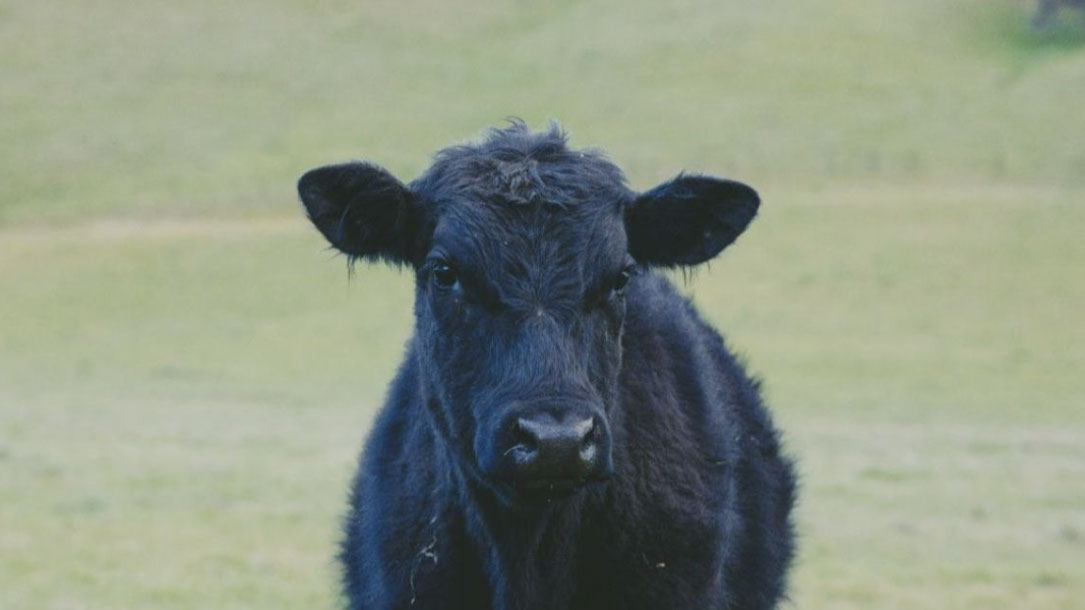
Oregon State University research shows bright future for agrivoltaics
Oregon is home to more than 37,000 farms across 16 million acres of the state. Our agricultural producers raise animals, supply dairy products, and grow food – and sometimes even generate renewable energy. Wind energy is a good fit in several rural areas of the state where there are strong wind resources and development is compatible with land use and agricultural requirements. While many in the agricultural community have concerns about the ability to farm around solar arrays, for some Oregon farms and ranches, solar development could fit well into their cropping or grazing operations. Such “dual-use development” is subject to rules adopted in 2018 by the Oregon Land Conservation and Development Commission.
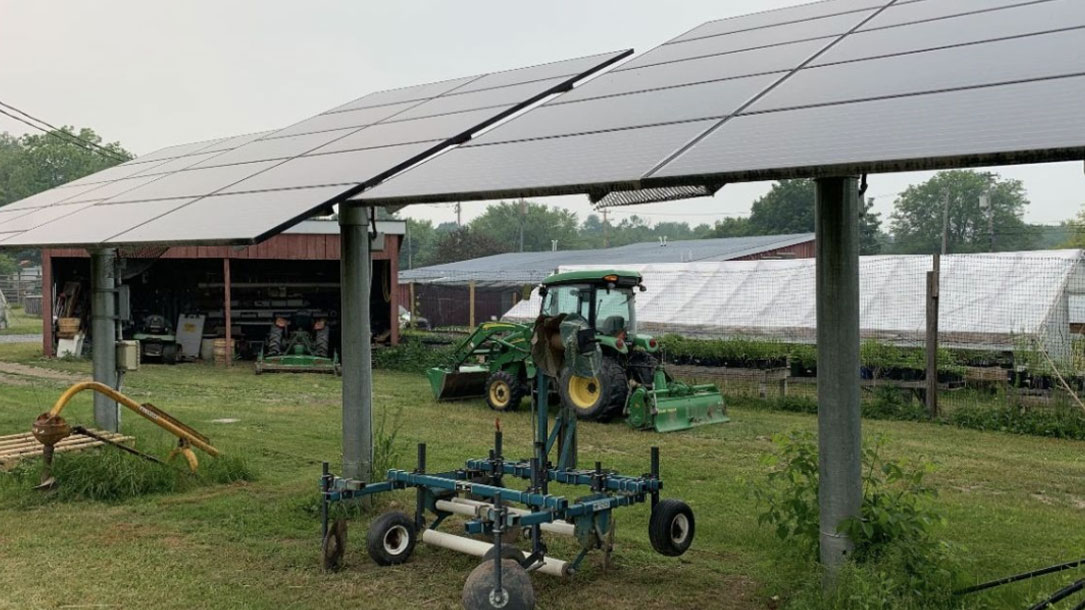
American Farmland Trust applauds introduction of bipartisan bill to advance agrivoltaics
Agrivoltaics refers to the practices of integrating solar energy generation and farming on the same piece of land, which could potentially reduce displacement of agricultural production from farmland as a result of solar development. The concept has been gaining attention in land-constrained countries like Japan and Germany as well as in states like Massachusetts and New Jersey.
“If included in the Farm Bill,” Fink said, “the Agrivoltaics Research and Demonstration Act would secure USDA’s role in advancing this innovation alongside the Department of Energy, AFT, and other partners across the country. Together, we are seeking ways to reduce displacement of farming from productive land as a result of solar energy development.”
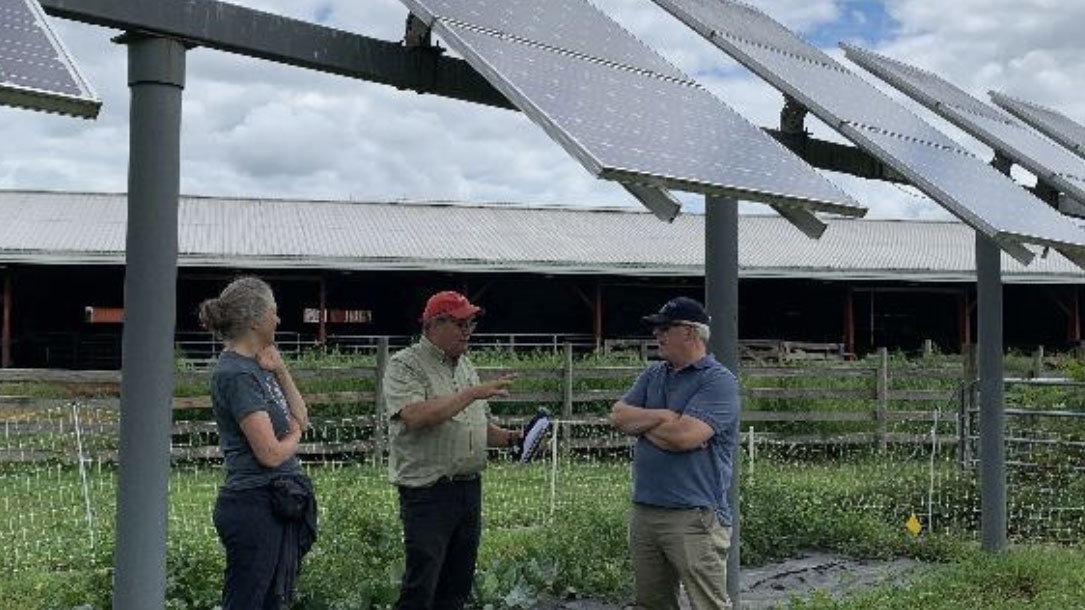
Can agriculture and solar co-exist?
As New York faces a future that includes wetter winters, and periods of more frequent droughts during the summer, farming continues to be a challenging livelihood. For many farmers looking to retire, as well as new or younger farmers, the economics of agriculture is increasingly a focal point as they plan their future. According to American Farmland Trust’s Farms Under Threat report, New York lost over a quarter million acres of farmland in sixteen years (2000 – 2016).
The loss of NY’s farmland is concerning. But imagine if farmers had an income stream that helped cover rough years caused by drought, flooding, and erratic weather. That’s part of a shift underway to rethink solar development that works for farmers and farming, rather than taking land out of production.
While I think we can all agree that no one wants to see solar panels on good farmland if it takes that farmland out of production, Farmer First Solar changes that paradigm and prioritizes designs that allow for greater farming options, increased farm viability, and soil health…
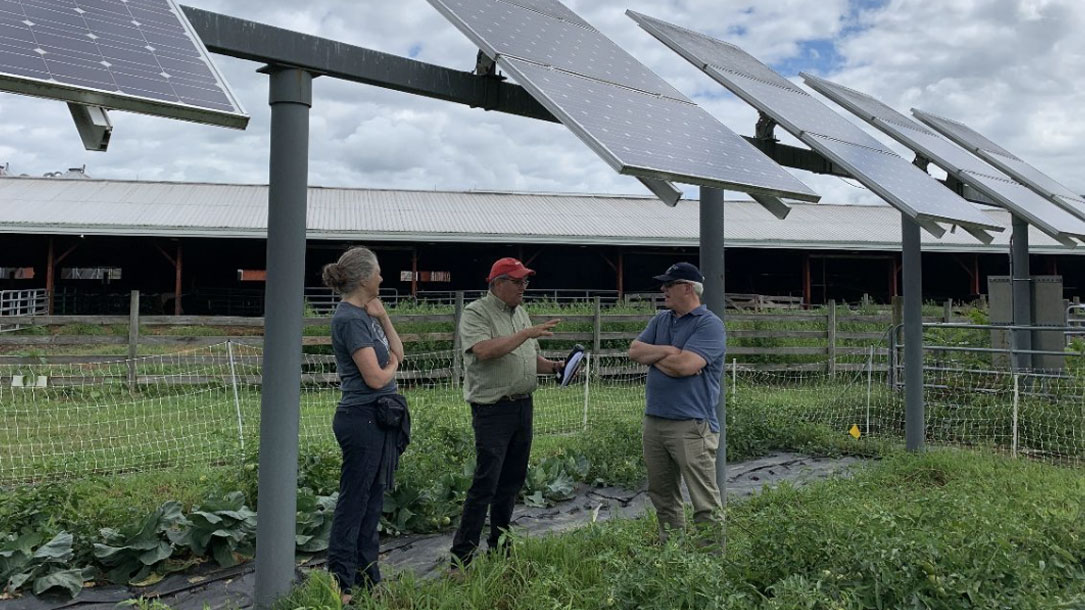
Made in the shade: Growing crops at solar farms yields efficiency
“There is potential for agrivoltaic systems – where agriculture and solar panels coexist – to provide increased passive cooling through taller panel heights [emphasis added], more reflective ground cover and higher evapotranspiration rates compared to traditional solar farms,” said senior author Max Zhang, professor in the Sibley School of Mechanical and Aerospace Engineering [at Cornell], “We can generate renewable electricity and conserve farmland through agrivoltaic systems.”
In New York, for example, about 40% of utility-scale solar farm capacity has been developed on agricultural lands, while about 84% of land deemed suitable for utility-scale solar development is agricultural, according to a previous research study from Zhang’s group…
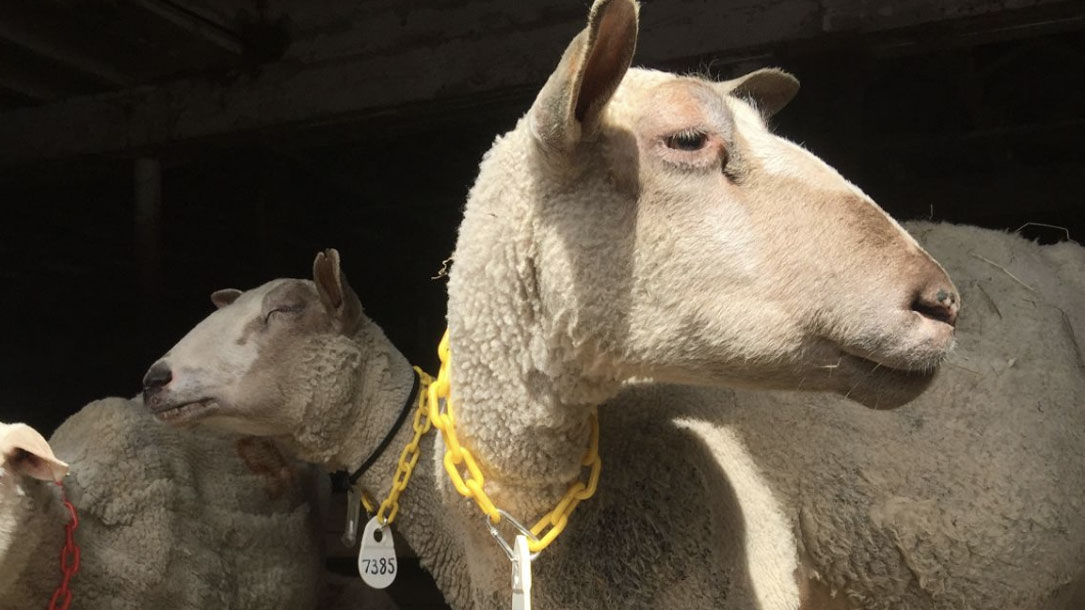
Douglas County sheep farm working to restore soil and build community, agrivoltaics
“Co-locating farming and clean energy production on agricultural land creates rural economic resiliency, provides land access for new and underserved farmers, and builds vital agricultural infrastructure. Unlocking these bottlenecks will create food security that allows small farmers to compete in a global extractive market while focusing on restorative farming practices that heal the land”…
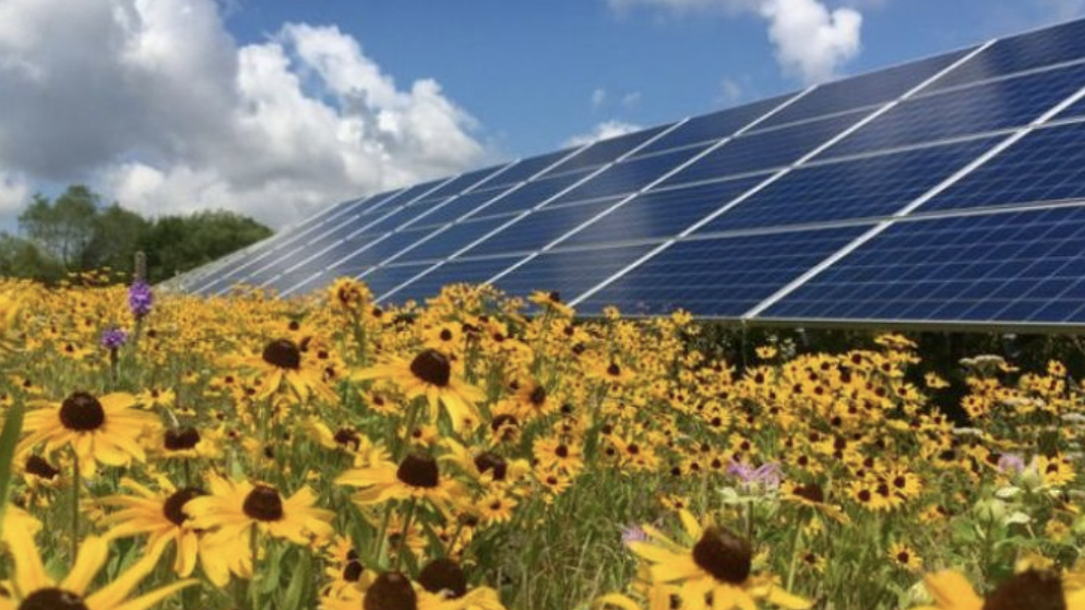
The science of solar-pollinator habitat: a fact sheet
Land trusts and community groups can help their communities understand how the design, implementation, and management of solar fields can work to enhance biodiversity and pollinators as well as farming and ranching. In this case, a recent fact sheet by the AgriSolar Clearinghouse provides useful information share.
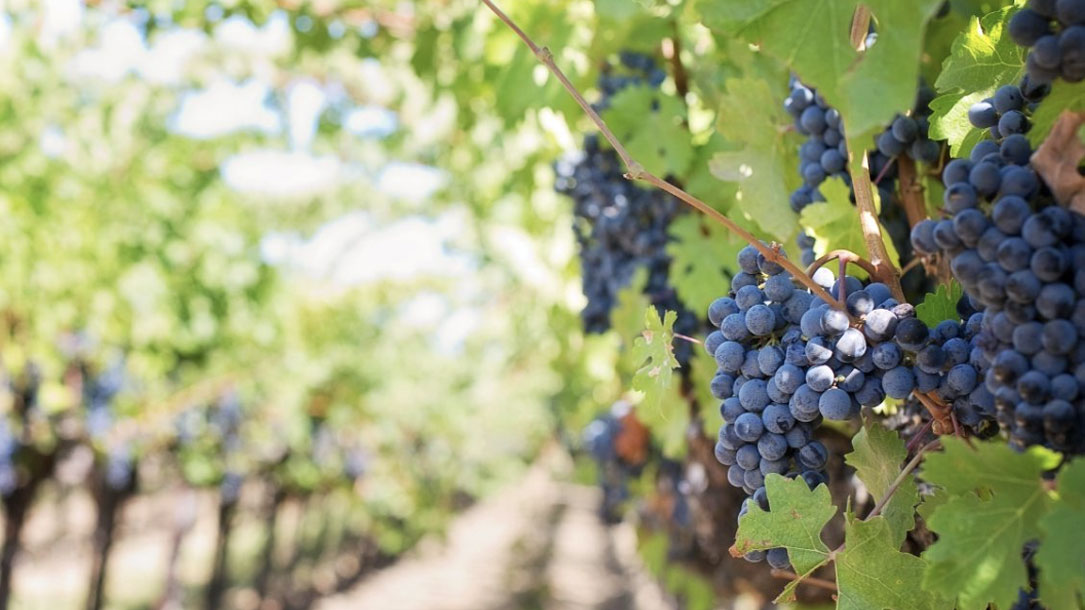
Solar panels help French winemaker keep climate change at bay
A roof of solar panels shades Pierre Escudie as he inspects the last plump grapes to be harvested at his vineyard in southwest France, after a year of hard frosts and blistering heat that damaged many of his neighbors’ crops.
The solar panels insulate the grapes during periods of extreme cold and shield them from the sun’s harsh rays during heat waves. The panels also rotate to allow more light to hit the vines on more overcast days…
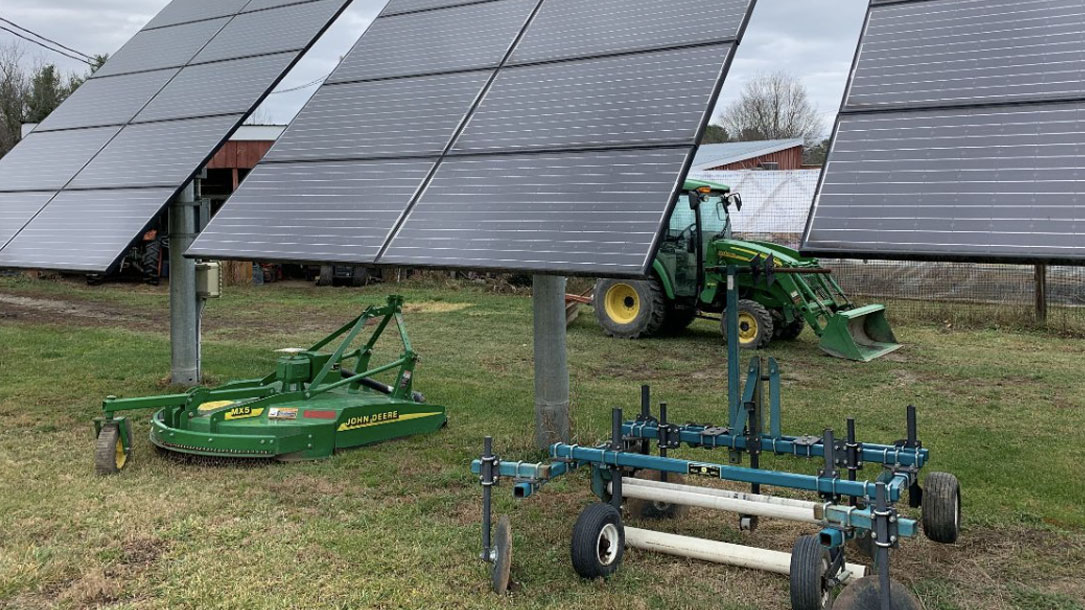
Massachusetts Clean Energy Act eases path for agrivoltaic projects
The Act clarifies that an agrivoltaic project is to be treated as an agricultural use, meaning that the land can continue to be classified as agricultural land for property tax purposes and that the project is exempt from special permit requirements.
This change in law further illustrates the legislature’s intent to help farmers continue their farming operations by utilizing renewable energy, and particularly solar energy, as a means of maintaining their land in agricultural use.
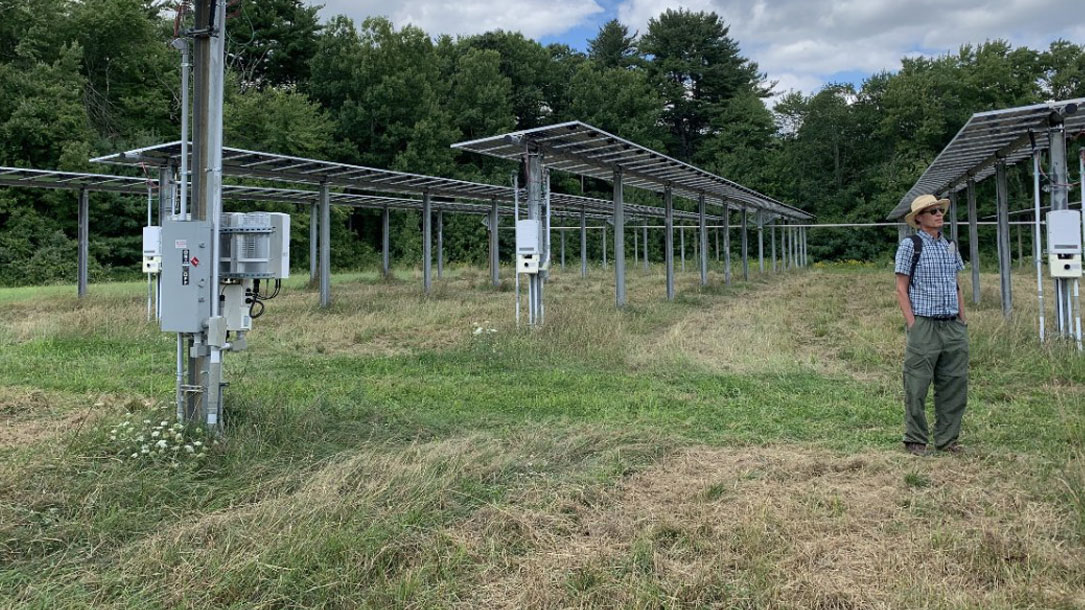
Solar, haying, and owning the solar array
Converting arable land to energy production undermines the future of farming. But innovators like Nate know it doesn’t have to be one or the other – if done right, solar can be leveraged to support farmers, rather than threaten them.
Seeing the Massachusetts SMART program as an opportunity for revenue diversification and farmland preservation, Nate pioneered a plan to own both the solar system and the land underneath. Million Little Sunbeams does not involve a lease to a solar developer but instead was designed to allow the Tassinari family to sell the excess energy to the surrounding community — a win for the family farm that has allowed it to stay in operation…
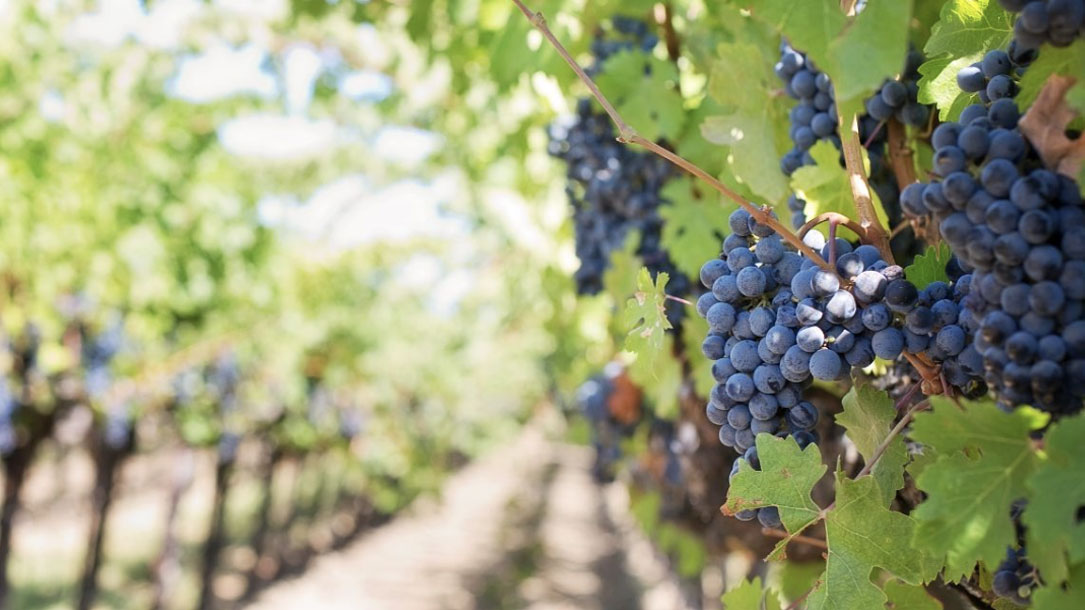
Spanish vineyards use solar panels to protect wine grapes
While combining solar energy and agricultural land is not new, one component that makes the Winesolar project stand out is that it will have a tracking system, with trackers from PVH, that uses artificial intelligence (AI) to determine the most efficient solar panel positioning over the vines at any time, according to Iberdrola. Techedge, an IT firm, will help the solar panel project further the wineries’ agricultural goals.
Sensors in the vineyards will record data including soil humidity, wind conditions, solar radiation, and even vine thickness to find the optimal position for the solar panels, giving the vines a fighting chance against the effects of climate change…












